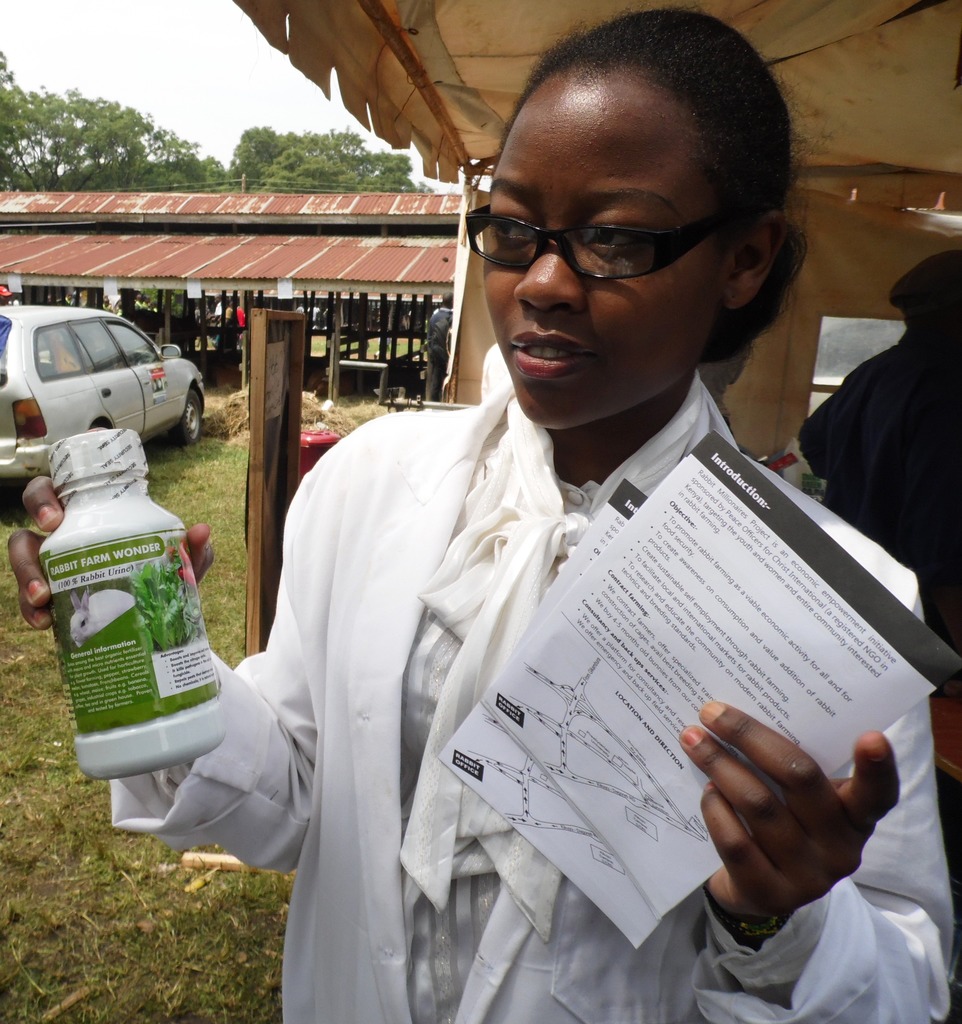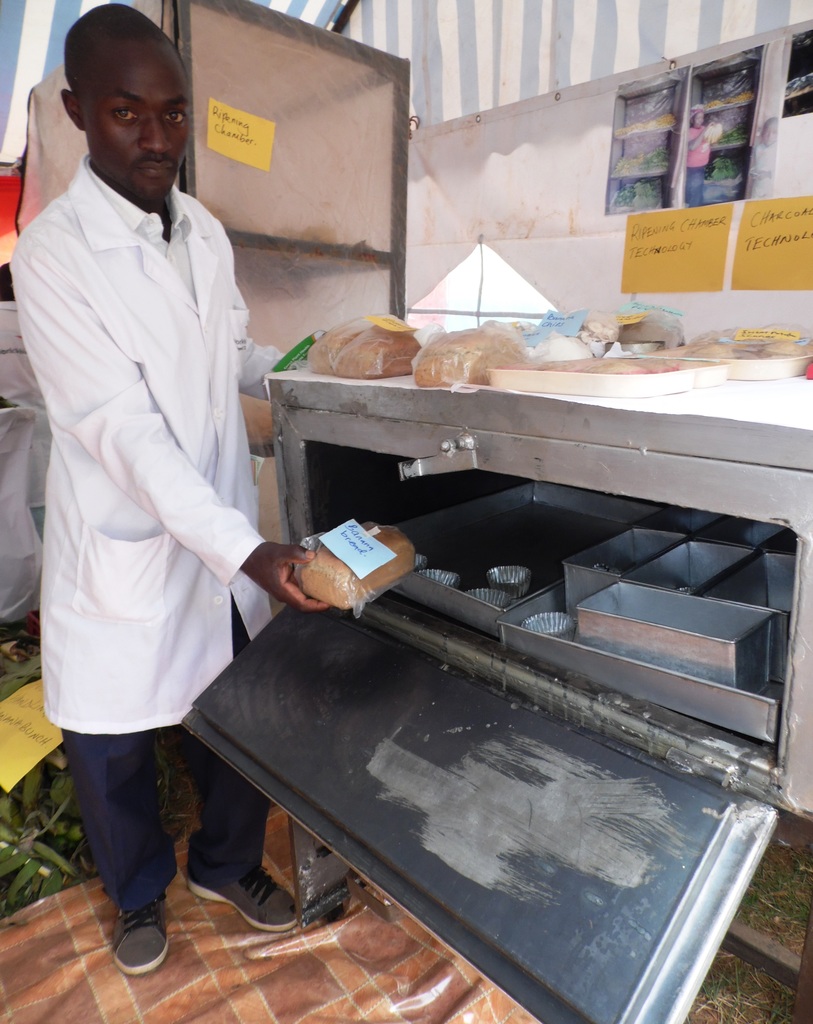Farmers who follow guidelines in nursery bed establishment may save up on losses between 30 per cent and 40 per which normally result from poor seed germination.
Failing to meet more than 95 per cent, for instance in onion farming on an acre, leads to extra costs in buying more seeds to fill remaining space besides non-uniform growth of the crop.
A crop farming consultant and agronomist Timothy Munywoki says a loss of 30 per cent to 40 per cent to failed germination translates to a deficit of 300g to 400g seeds from one kilogramme that is required for an acre.
Loss of 400g seeds means there will be no seedlings for 0.4 of an acre.
“Simple routine nursery bed practices can give up to 100 per cent germination rate. A farmer will also transplant uniform seedlings at one time, which will give them better harvests at a single harvest season,” Munywoki said.
Nursery bed preparation
Prepare a raised bed of 10m by 1m in three rows. The width is limited to one metre to allow for easy passing when carrying out routine practices.
"Well decomposed manure is mixed thoroughly with soil at a rate of 50kg per row or five kilos for one square metre," the agronomist said.
Make shallow furrows 15cm apart across the bed before spraying them with a fungicide like goldazim or carbendazim at a rate of 20ml per 20litres per row. The pesticide eliminates fungal spores that may attack the seeds before germination.
READ ALSO: Sivan F1 is the four-months million shillings onion for small-holders
Seed sowing
Sow the seeds with light soil before adding grass or plastic mulch. "Covering the seeds with a lot of soil reduces germination because food reserves will be depleted before the seedling emerges," the consultant said.
Untreated grass also may possess insects that may attack the seeds, before germination or be breeding grounds for the seedling pests. He recommends that insecticides like Lambdex be sprayed at a rate of 15ml per 20 litres of water in every row.
If the place is dry, irrigating the nursery bed three times in a day ensures sufficient moisture for the first 10 days.
READ ALSO: Superior onion variety promises farmers higher returns at lower risk
Germination takes place in seven to 10 days and the mulch must be removed.
“Sprinklers and other high powered means of irrigation must be avoided because they erode the seeds before germination as well as uprooting the weak seedlings as they try to anchor to the soil,” Munywoki said.
READ ALSO: Nakuru onion marketer seeks produce from farmers
Transplanting
Transplanting to the seed bed is done after six weeks when the seedling’s stem is pencil-thick and at about 15cm in height. The seedlings should have three to five well formed leaves at the time of transplanting. Leaves are necessary for food synthesis since the food reserves in the seeds have been exhausted.
For strong seedlings, 50g of Polyfeed Starter, 10ml Supafilm as well as 10ml Lambdex mixed in 20litres of water, should be applied at an interval of three days.
Amimax 40g and Supafilm, 10ml in 20 litres mix is applied once per week.
For strong seedlings, 50g of Polyfeed Starter, 10ml of Supafilm and 10ml of Lambdex all mixed in 20litres of water should be applied at an interval of three days. Amimax 40g and Supafilm 10ml in 20 litres mix together should be applied once per week to control fungal infection like blb, purple blotch or downy mildew.
READ ALSO: Fact Sheet: Making a million yearly with red onions
Onions take about four months to mature.
Munywoki works for Amiran Kenya, besides offering crops farming consultancy and extension services to farmers.
He can be reached on +254728853914.
PHOTO: Amiran Kenya Agronomist Timothy Munywoki sowing seeds in an onion nursery bed in Isinya, Kajiado County'on August 6,2016 during a consultancy assignment. He offers extension services to farmers to attain high productivity. PHOTO BY LABAN ROBERT.
Write comment (0 Comments)


















